Versión en español más abajo
Happy Friday community. Another weekend is here and carnivals are approaching. In my city, the parade will be arriving this Sunday, with bands, floats, music, and many happy people. If there are no problems we will be saying present and maybe sharing what we can appreciate.

Well, this post is not yet about the carnival, it is to finish the series about the collection I have of Venezuelan banknotes. If I divided the series in three, you may notice that due to the great mass of banknotes that have been issued in the last 30 years in Venezuela, it was well justified. Although I don't know if I should have taken them out more quickly :/
If you want to see the other two parts of the collection you can see them in the following links
1 ) Part 1 - Banknotes from 1989 to 2008
2 ) Part 2 - Banknotes from 2008 to 2018
I was a little hesitant to continue with the presentation of the collection because, I do not know if it causes or has caused some discomfort, perhaps because of the memories it produces. Believe me, that is not the intention I had and excuse me if it has caused discomfort. When I thought of sharing about the banknotes, I thought more about the foreigner, the one who has not lived in Venezuela, I wanted to give a fairly objective point of view, without intruding feelings, I wanted to share those memories I have. But, I think it is fair to share some personal thoughts about it. At the end, you will find them
In the previous cone, the bolivars fuertes had been the protagonists. They were in circulation for approximately 10 years. The lowest denomination bill was 2 and the highest denomination was 100000. With the arrival of the 100K Bsf bill a reconversion would be thought of that would remove 5 zeros from the currency. Then a new monetary cone would be established in 2018, which would be known as the Bolivar Soberano.
As in the previous case, the banknotes for the Sovereign cone would start to be issued from the 2 Bolívares Soberanos (BsS) up to the incredible banknote of 1 million BS. Of course, not all of them would be issued at once, they would start from the 2 to the 200 bill. However, new bills of higher denominations would be quickly needed.
These are the Venezuelan banknotes of the Sovereign cone.

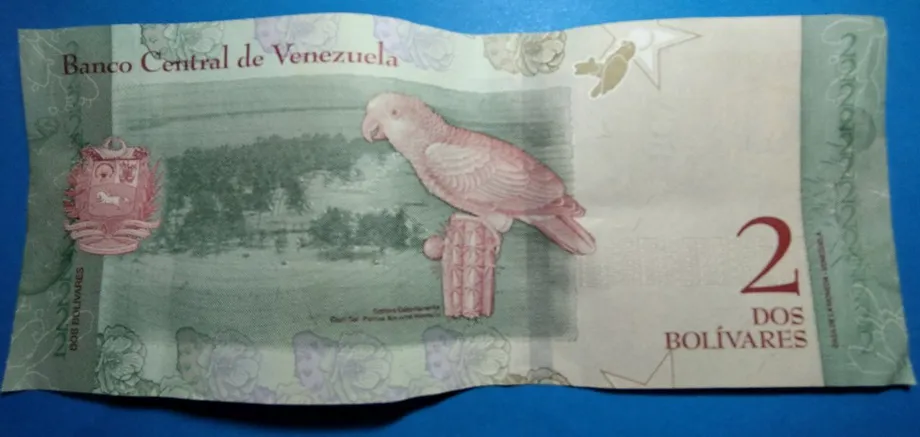
The 2 Bolívares Soberanos banknote was represented by the image of Josefa Camejo, on the back you can see the Yellow-headed Parakeet on Cayo Sal, Morrocoy National Park, and the national coat of arms.
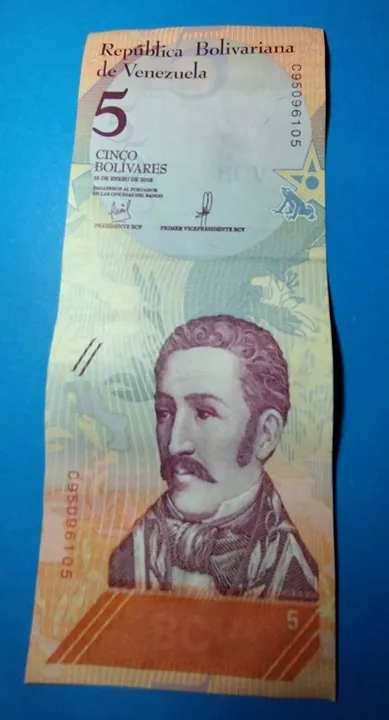
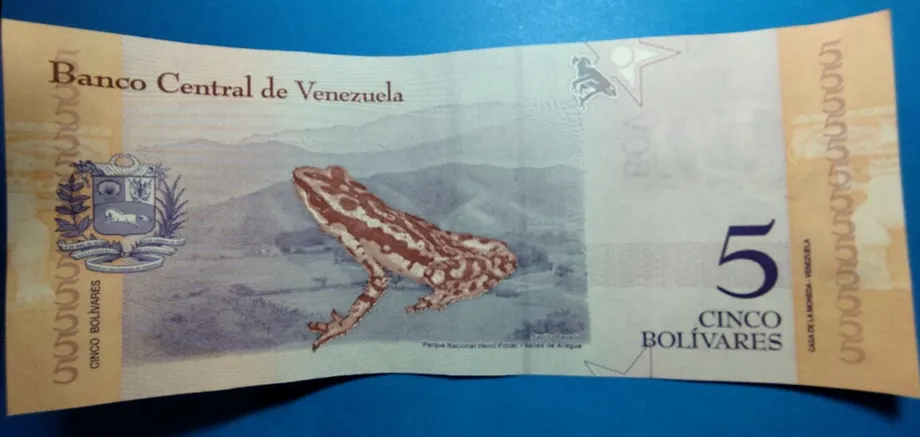
The 5 BsS bill has the face of José Félix Rivas, on the back is the striped frog in the Henri Pittier National Park, Valles de Aragua, and the national coat of arms.
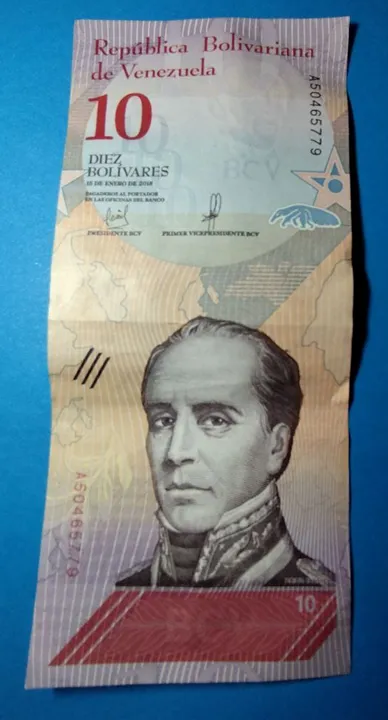

The 10 BsS bill has the face Rafael Urdaneta, on the back is the Palm Bear in the Ciénaga de Juán Manuel National Park, Relámpago de Catatumbo, and the national coat of arms.
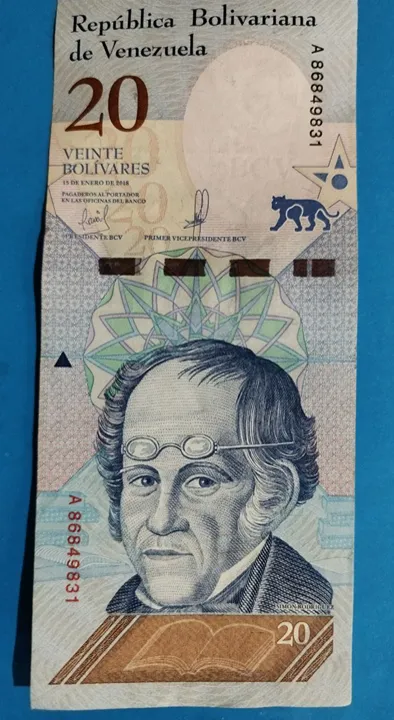
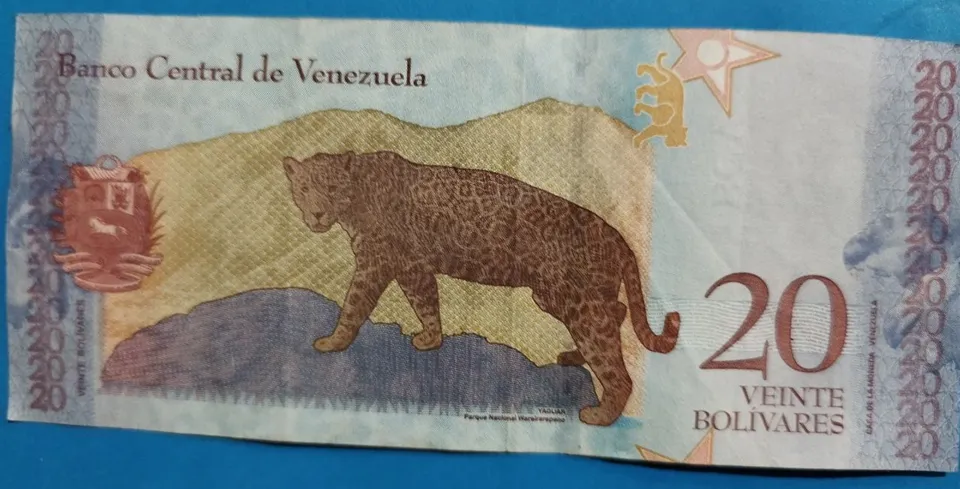
The 20 BsS bill has the face of Simón Rodríguez, on the back is the Yaguar in the Warairarepano National Park and the national coat of arms.
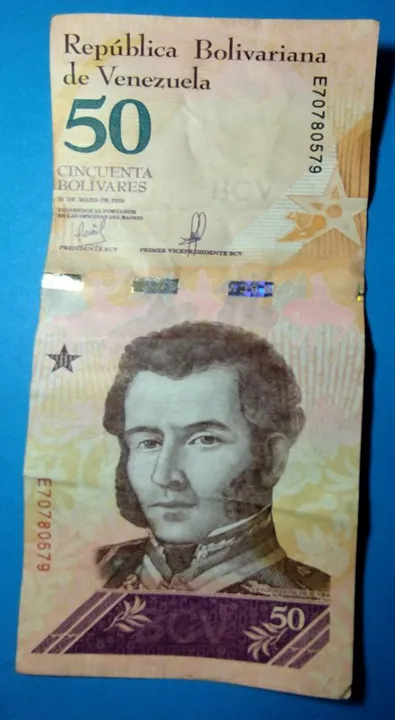
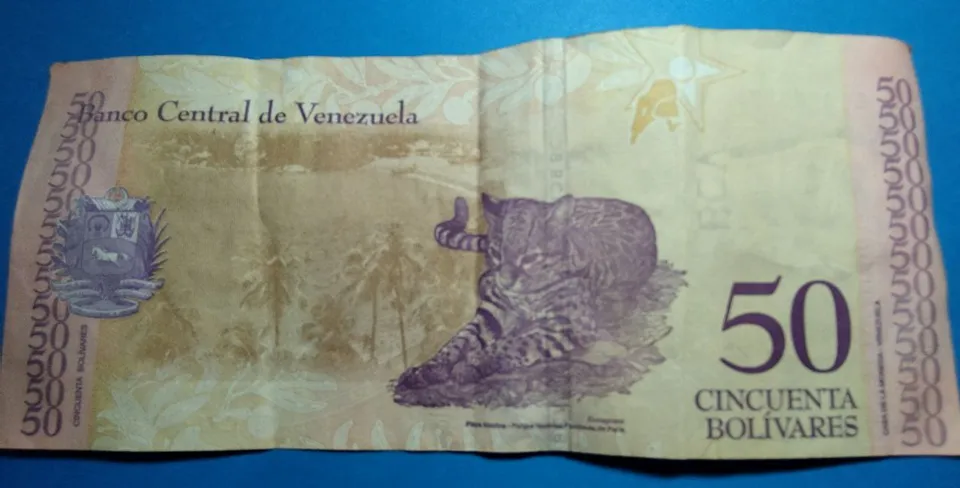
The 50 BsS bill has the face of Antonio José de Sucre, on the back it shows the Cunaguaro at Medina Beach, Peninsula de Paria National Park, and the national coat of arms.
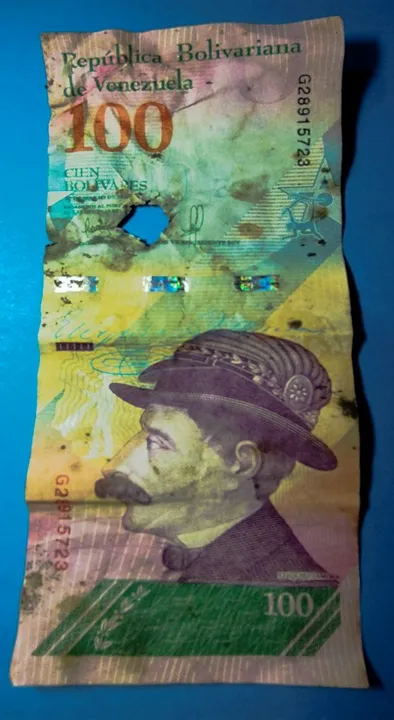
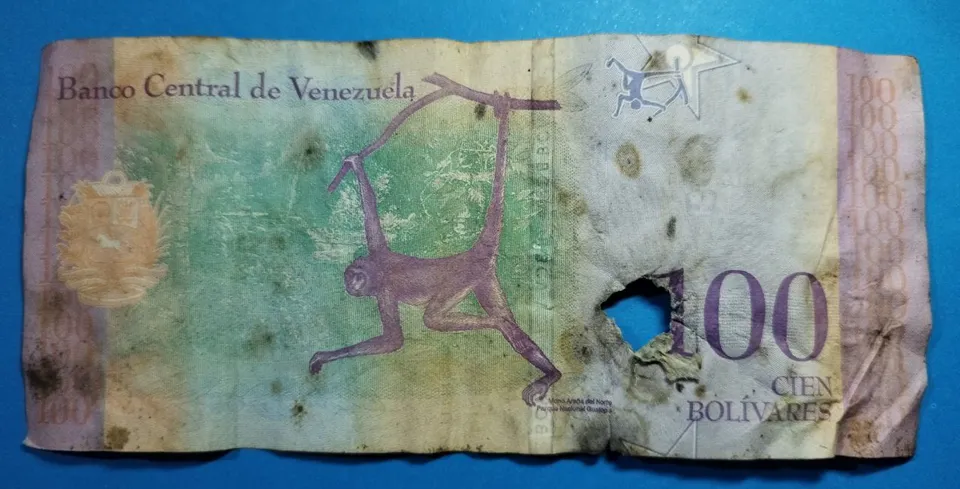
The 100 BsS bill shows the face of Ezequiel Zamora, on the back is the Northern Spider Monkey, Guatopo National Park, and the national coat of arms.
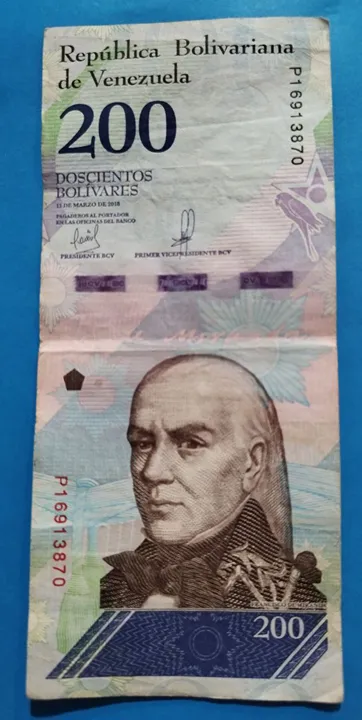
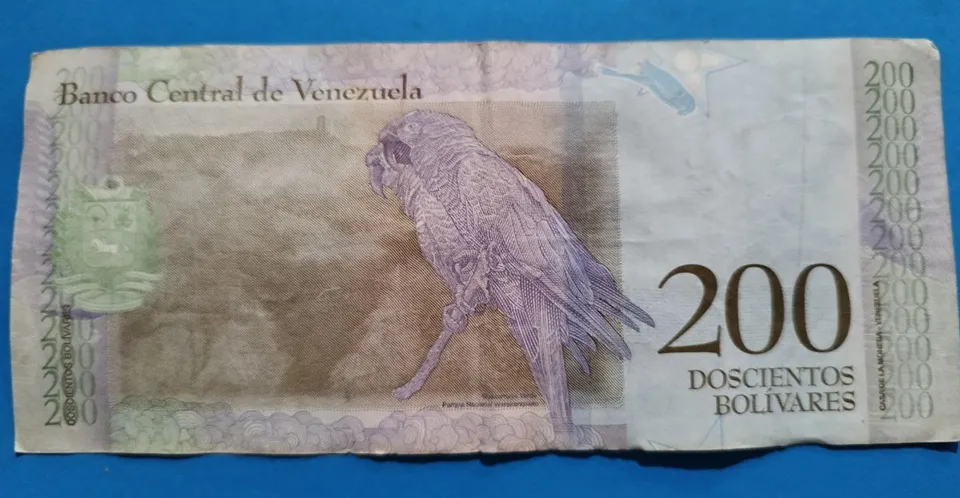
The 200 BsS bill has the face of Francisco de Miranda and on the back, it has the green macaw in the Waraira Repano National Park and the national coat of arms.
An apology for the 100 bolivar bill, it is the only one we have. We believe that in one of the last times we handled it, it was probably stuck with a candy or something similar and the animals looked for it as food. But, this gives us a small clue as to the difference between the paper of the first cone I presented and this one. These bills have a very light paper, similar to that of the bolivar fuerte cone.
But, quickly these bills were no longer enough and some higher denominations were required, such as the 500 bolivar bills up to, incredibly, the 1,000,000 bolivar bill.
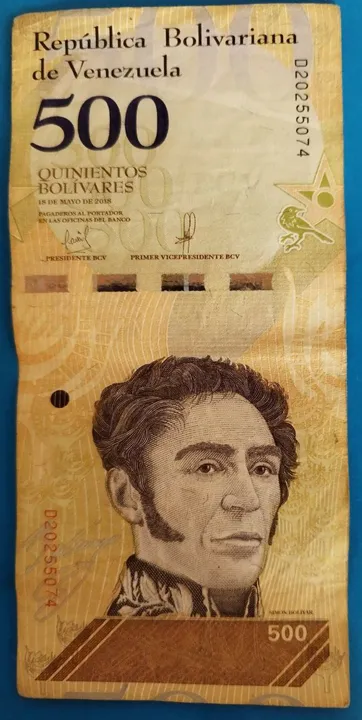
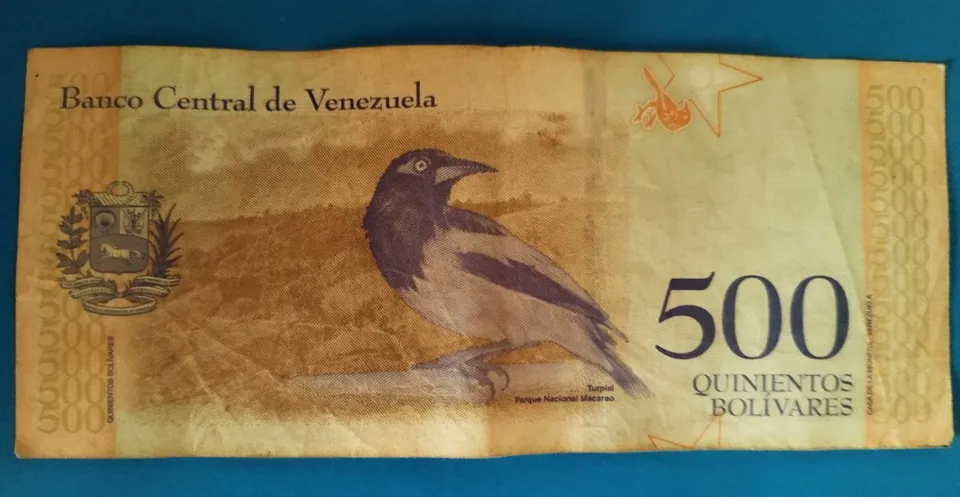
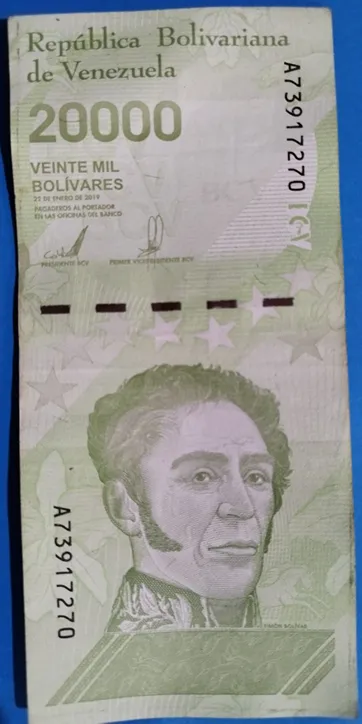
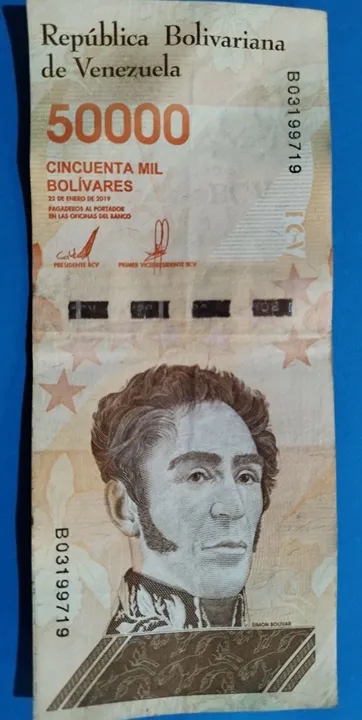

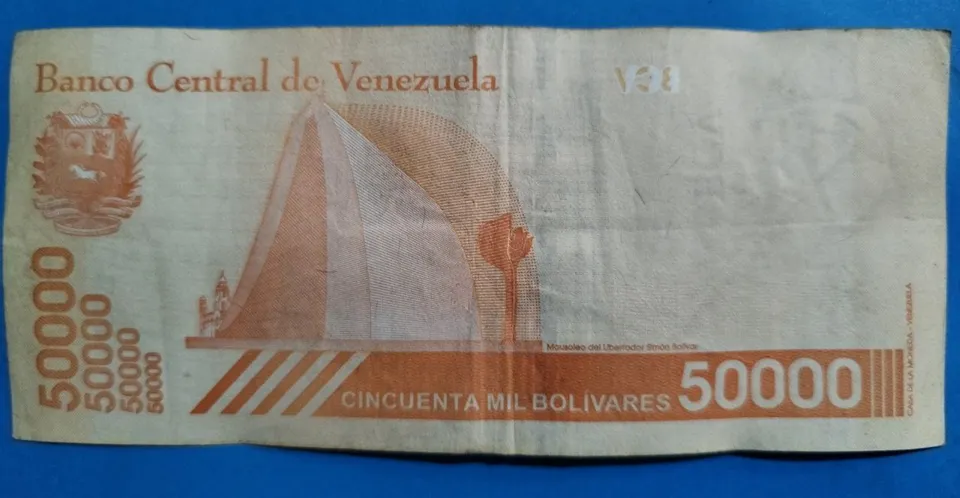
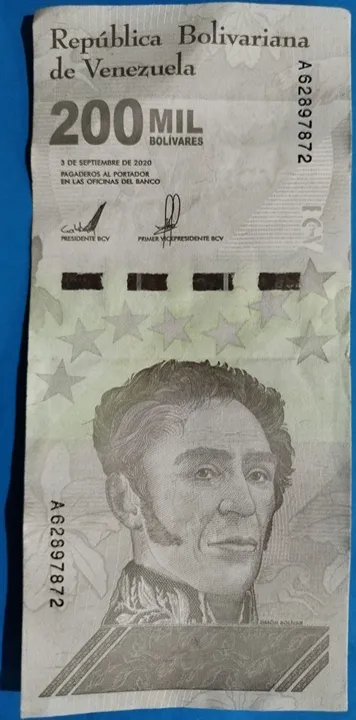
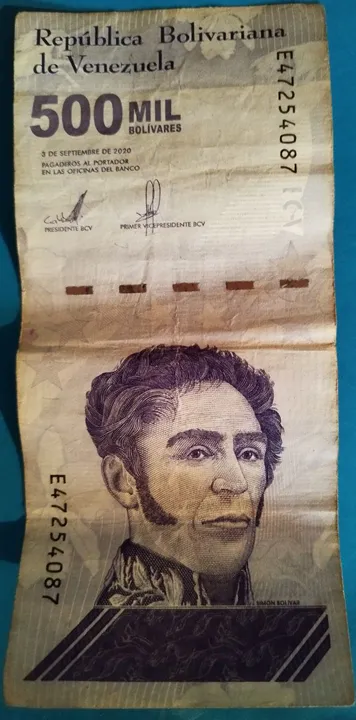

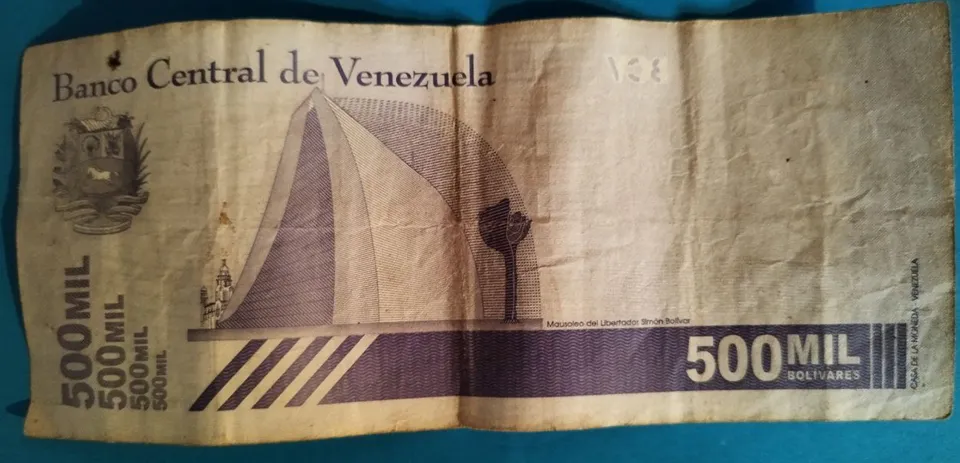
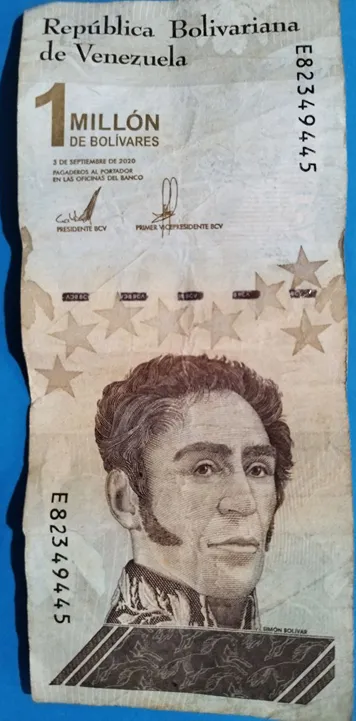
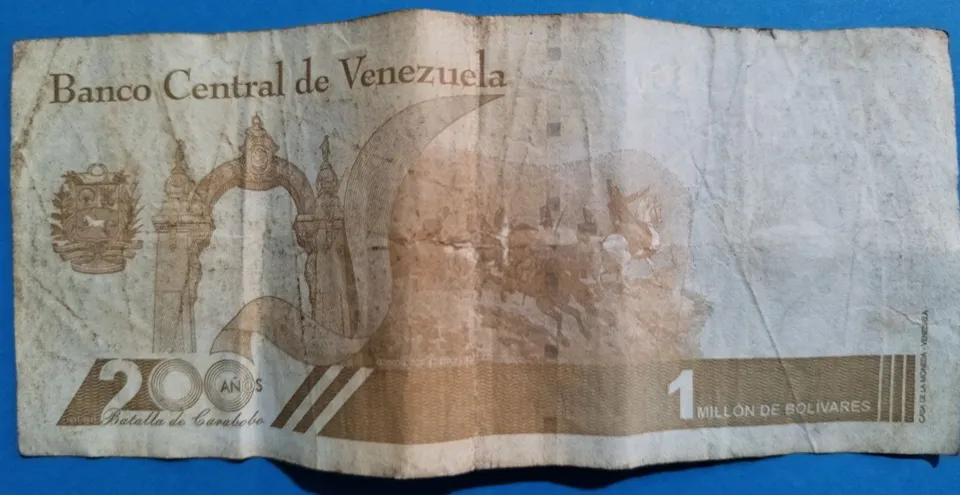
Of these last bills, we are missing the 10000 Bolívares Sovereign bill. As you may notice, all of them have the face of Simón Bolívar and the Mausoleum of the Liberator on the back. With the exception of the 500 Bolívares Soberanos Bill which has the Turpial in the Macarao National Park. And, the 1 Million BS bill which, in its horizontal part, shows the Battle of Carabobo with the triumphal arch.
For the first banknotes, although some characters, flora, fauna, and places are different, the characteristics of the paper are very similar to the previous cone. You can notice the change in the characters, giving a more representative view of how they would look in reality, a more digitized image. The image that was seen in the books is no longer used in many cases.
From 2021 to the present, a new monetary cone called the digital bolivar, was introduced. All bills have the face of Bolivar and on the back, it has the Arc of Triumph next to the Battle of Carabobo. As they are currently in legal use, these bills come and go. We do not have so many. Their denominations range from 5, 10, 20, 20, 50, and 100 Bolivars after removing 6 zeros from the Sovereign Bolivars.
The other thing I can tell you about this cone is that the 500,000 Bolivar and 1,000,000 Bolivares Soberanos are still in daily use in the Venezuelan economy and this may cause some confusion, especially for foreigners. Questions like how 1,000,000 and a 10 Bolivar bill give 11 Bolivars? These are quite common when they come.
You may notice that I mention our collection a lot. Because this one started with Mom, then I contributed some that she didn't have, and then my sister added some more. So the credit for this one goes to the whole family.
The 14 zeros were eliminated in such a short period, it was something amazing. There were many opinions about it, and many people did incredible things with the money, both good and bad, the meeting of two eras with different values, with a very different visions about the country, also played a very important role in the treatment of the currency. Some threw them, broke them, or even burned them "as they had no value" Others collected them and stored them, it did not matter the value of the coin, it was mostly out of respect. Economically, I am simply surprised that it happened, that the same pattern was repeated several times, and that other options were not implemented, and there were many options.
Years ago, I am talking about when television was in black and white (I am not that old, don't believe it, it was in a WhatsApp video that I saw it), a famous journalist criticized the fact that the national currency was called Bolivar, because things like the ones we lived through, such as devaluations, could happen. This unintentionally could be misunderstood as a disdain for the name of the currency and unintentionally for the name of the Liberator himself. I do not know if the name of Bolivar has lost value, of course, I have not lost appreciation for him, but I do not know if others have. However, I agree, in part, that Bolivar's name should not be used for something as ephemeral as money. Because of the disparagement that can be generated, not only to the bill but to the person he was. Of course, if the currency was not devalued and if everyone treated it with respect, I would have no objection to the name. But, it is like everything else, to wait for better times, more education, and a greater national identity, so that what many are touting will return.
After seeing the effort we put into having these souvenirs of the Venezuelan economy, I believe that the feeling of getting the ones we are missing and getting what may come in the future has increased. Perhaps, these are the last bills that Venezuelans have come across, perhaps everything will be digitalized and all payments will be made electronically, with credit cards, debit cards, bank transfers, or cell phone payments.
The truth is that we are preserving part of our history and with each of these bills, we can tell anecdotes. Also, this history should help us to try not to make mistakes in the past, I guess that's what history is there for, to improve ourselves and show better things for the future.
By the way, before I say goodbye, I would like to invite you to the topic proposed by @mipiano in the community about our musical instrument collections. If you have some instruments at home, you already know that you have a space where you can present them and who knows, maybe delight us with your music.
Thank you for joining me in this series of posts.
ESPAÑOL
Feliz viernes comunidad. Ya otro fin de semana ha llegado y se acercan los carnavales. En mi ciudad, este domingo el desfile estará arribando, con bandas, carrozas, música y muchas personas alegres. Si no se presenta ningún problema estaremos diciendo presente y tal vez compartiendo lo que podamos apreciar.
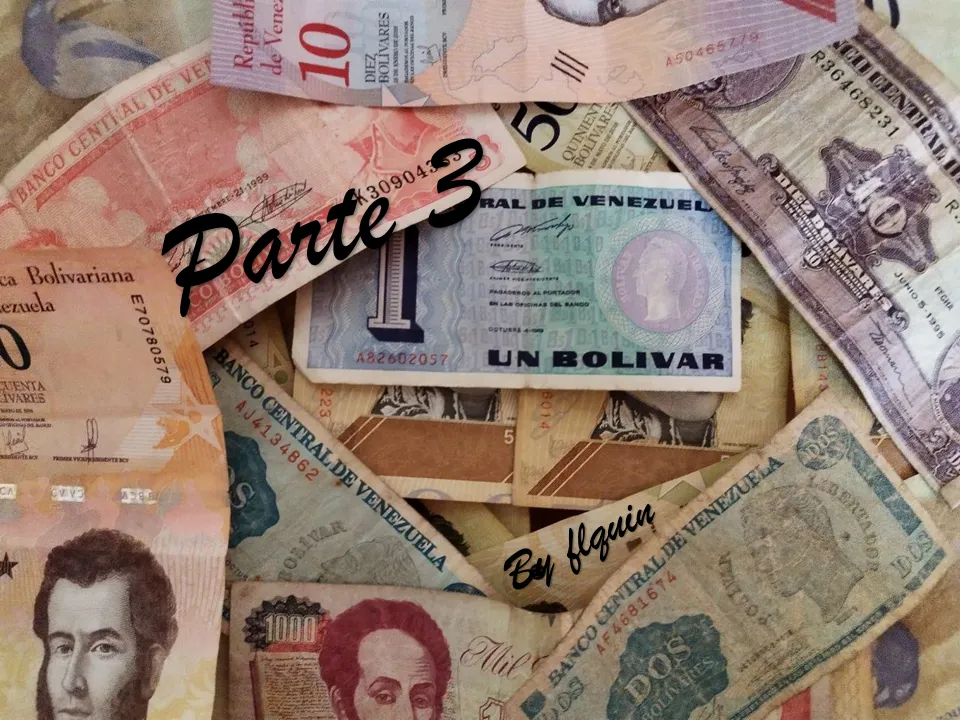
Pues bien, este post aún no es sobre el carnaval, es para terminar la serie sobre la colección que poseo sobre billetes de Venezuela. Si dividí la serie en tres, podrán notar que por la gran masa de billetes que han salido en los últimos 30 años en Venezuela, estaba bien justificado. Aunque no sé se debí sacarlas más rápido :/
Si quieres ver las otras dos partes de la colección pueden verlo en los siguientes links
1 ) Part 1 - Banknotes from 1989 to 2008
2 ) Part 2 - Banknotes from 2008 to 2018
Estaba algo dudoso en continuar con la presentación de la colección porque, no sé si causa o ha causado algo de malestar, tal vez por los recuerdos que produce. Créame que esa no es la intención que tenía y discúlpenme si ha causado molestia. Cuando pensé en compartir sobre los billetes, pensé más en el extranjero, en el que no ha vivido en Venezuela, quería dar un punto de vista bastante objetivo, sin inmiscuir sentimientos, quería compartir esos recuerdos que tengo. Pero, creo que es justo compartir algunos pensamientos personales al respecto. Al final, las podrán encontrar
En el cono anterior, los bolívares fuertes habían sido los protagonistas. Estuvieron en circulación aproximadamente durante 10 años. El billete de más baja denominación fue de 2 y el de más alta denominación fue de 100000. Con la llegada del billete de 100K Bsf se pensaría en una reconversión que le quitaría 5 ceros a la moneda. Luego se establecería en el 2018 un nuevo cono monetario que se conocería como el Bolívar Soberano.
Como en el caso anterior, los billetes para el cono Soberano, empezarían a emitirse desde los 2 Bolívares Soberanos (BS) hasta el increíble billete de Un millón de BS. Por supuesto, no saldrían todos al acto, comenzarían desde el billete de 2 hasta el de 200. Pero, rápidamente se irían necesitando nuevos billetes de mayores denominaciones.
Estos son los billetes venezolanos del cono Soberano.
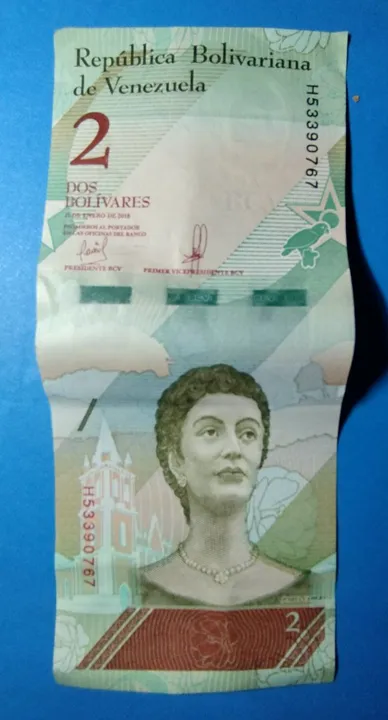

El billete de 2 Bolívares Soberanos estaba representado por la imagen de Josefa Camejo, en el reverso puede verse el Periquito Cabeciamarillo en Cayo Sal, el Parque Nacional de Morrocoy y el escudo nacional.

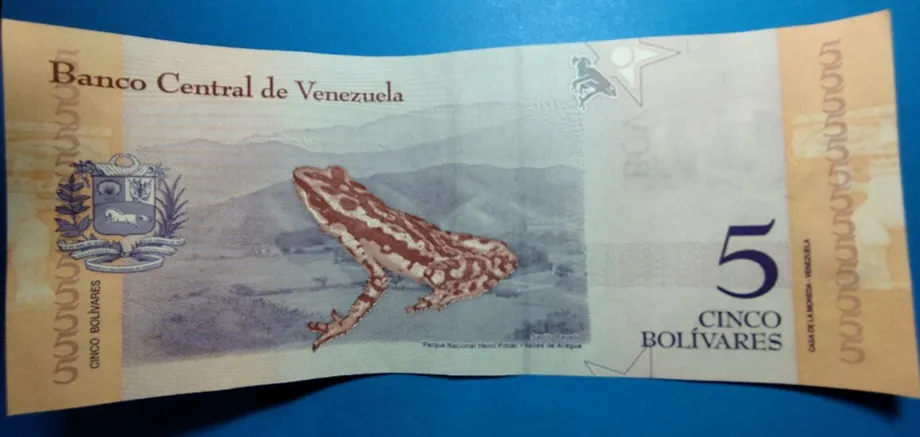
El billete de 5 BsS tiene el rostro de José Félix Rivas, en el reverso está la rana rayada del Parque Nacional Henri Pittier, Valles de Aragua, y el escudo nacional.
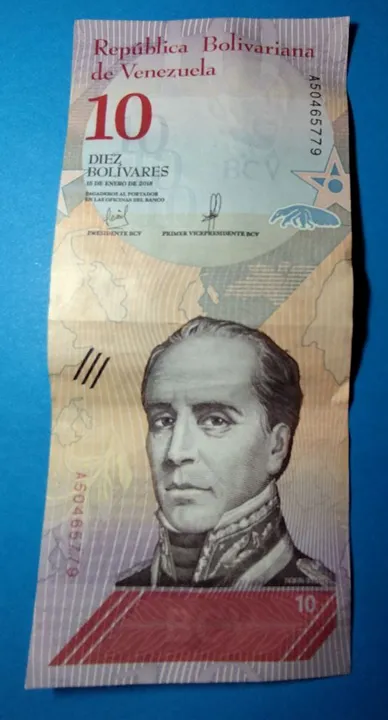

El billete de 10 BsS tiene el rostro Rafael Urdaneta, en el reverso está el Oso Palmero del Parque Nacional Ciénaga de Juán Manuel, Relámpago de Catatumbo, y el escudo nacional.
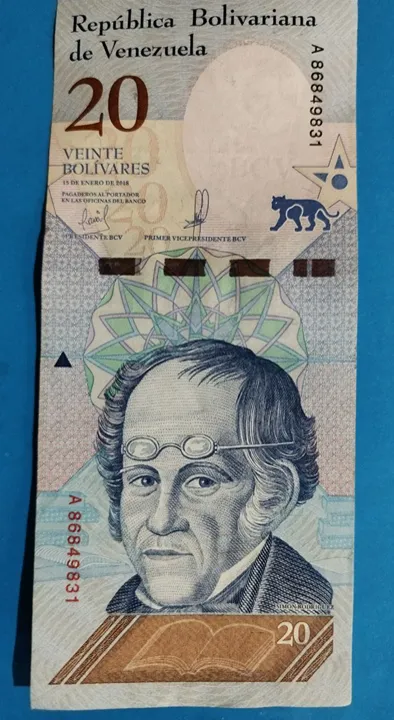
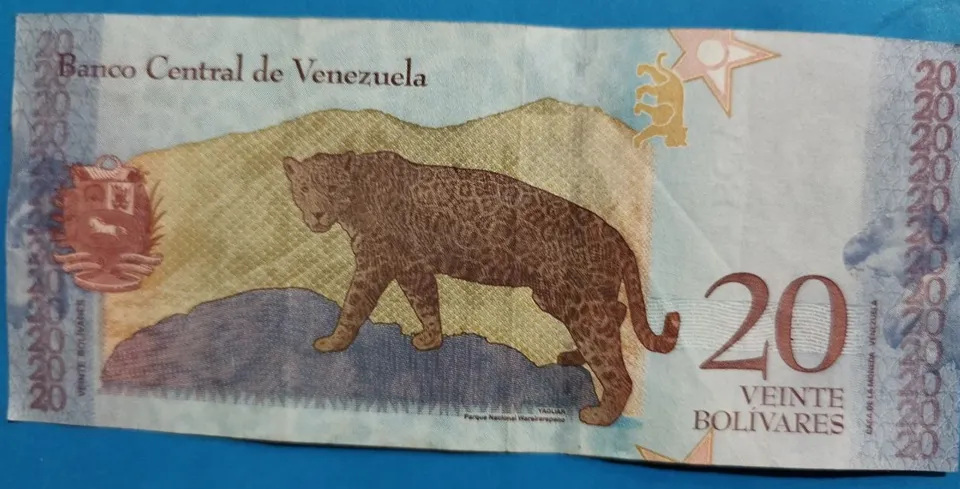
El billete de 20 BsS tiene el rostro de Simón Rodríguez, en el reverso está el Yaguar del Parque Nacional Waraira Repano y el escudo nacional.


El billete de 50 BsS tiene el rostro de Antonio José de Sucre, en el reverso muestra el Cunaguaro de Playa Medina, el Parque Nacional Península de Paria y el escudo nacional.
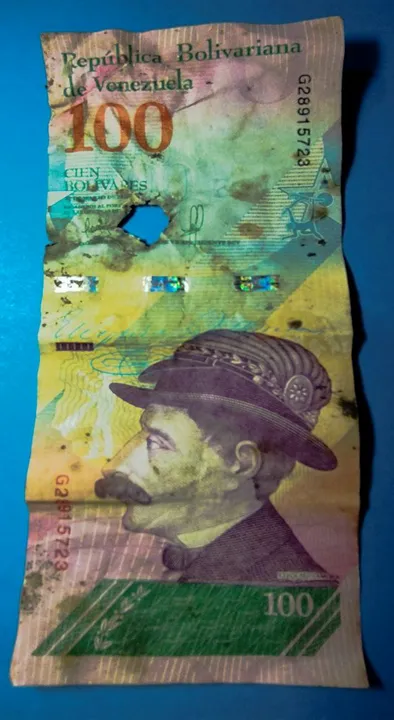

El billete de 100 BsS muestra el rostro de Ezequiel Zamora, en el reverso aparece el Mono Araña del Norte, el Parque Nacional Guatopo y el escudo nacional.
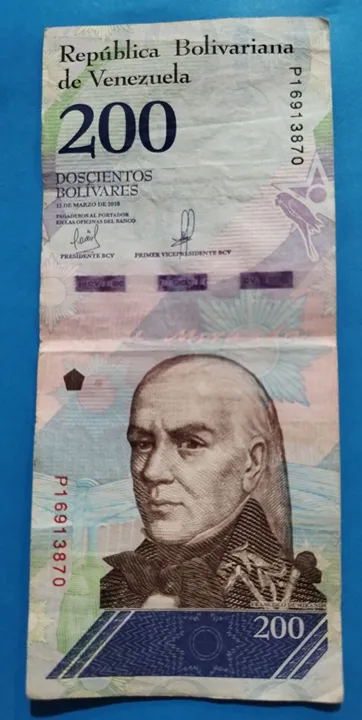
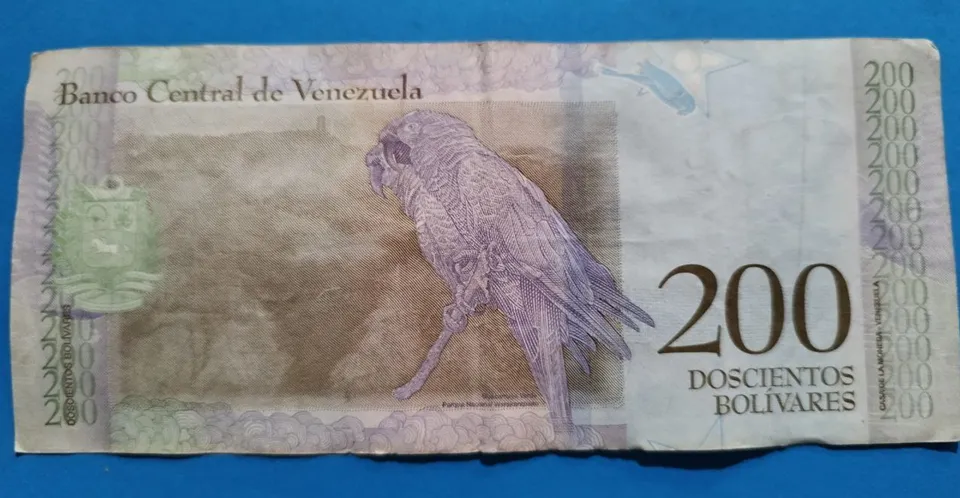
El billete de 200 BsS tiene el rostro de Francisco de Miranda y en el reverso, la guacamaya verde del Parque Nacional Waraira Repano y el escudo nacional.
Una disculpa por el billete de 100 bolívares soberanos, es el único que tenemos. Creemos que en una de las últimas veces que lo manipulamos, seguramente se le pegó un dulce o algo parecido y los animales lo buscaron de alimento. Pero, esto nos da una pequeña pista de la diferencia entre papeles del primer cono que les presenté y este. Estos billetes, tienen un papel muy ligero, es similar al del cono del bolívar fuerte.
Pero, rápidamente estos billetes dejarían de ser suficientes y se requirieron algunos de denominación más elevada como los billetes de 500 bolívares soberanos hasta increíblemente el billete de 1.000.000 de bolívares soberanos.
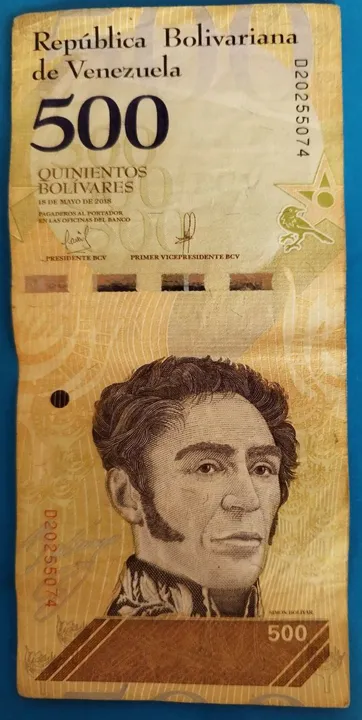
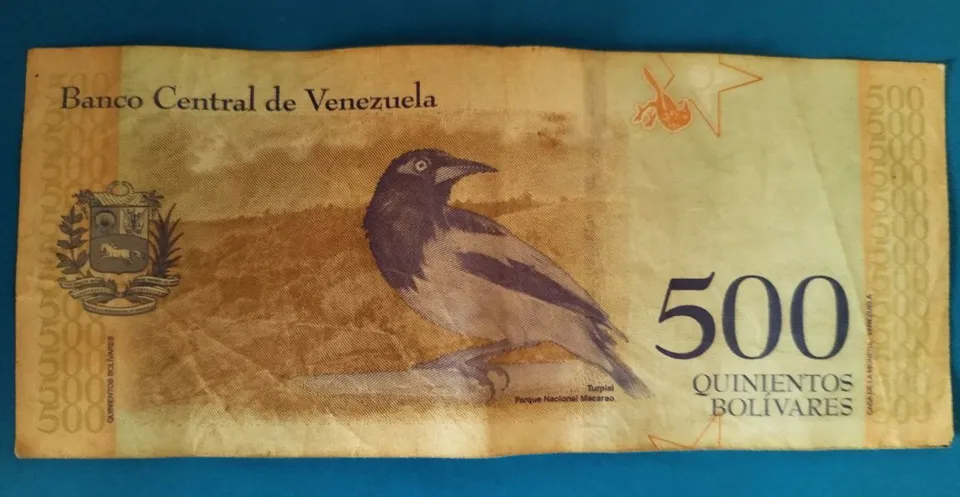
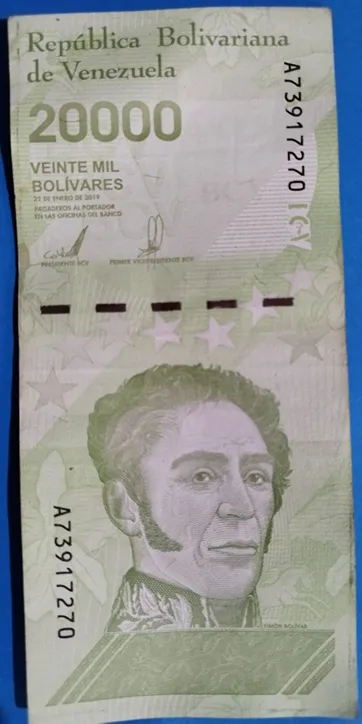
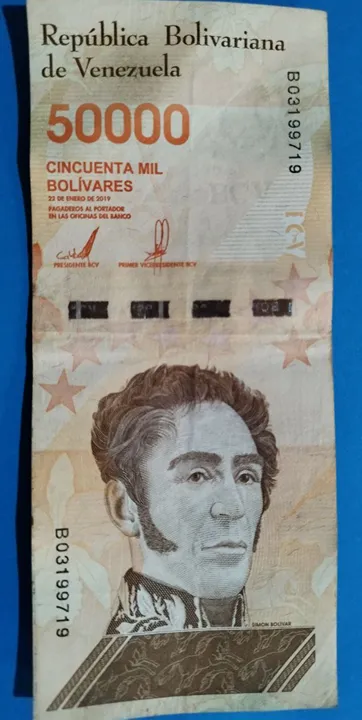
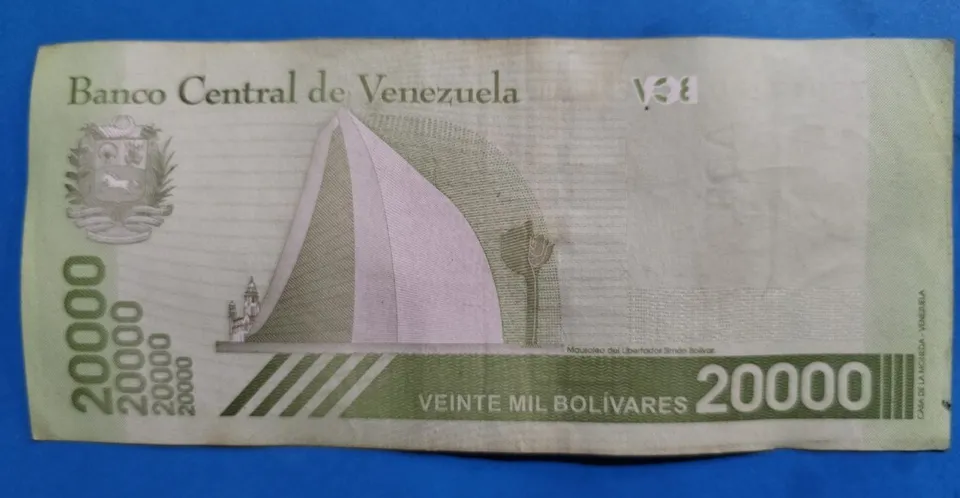
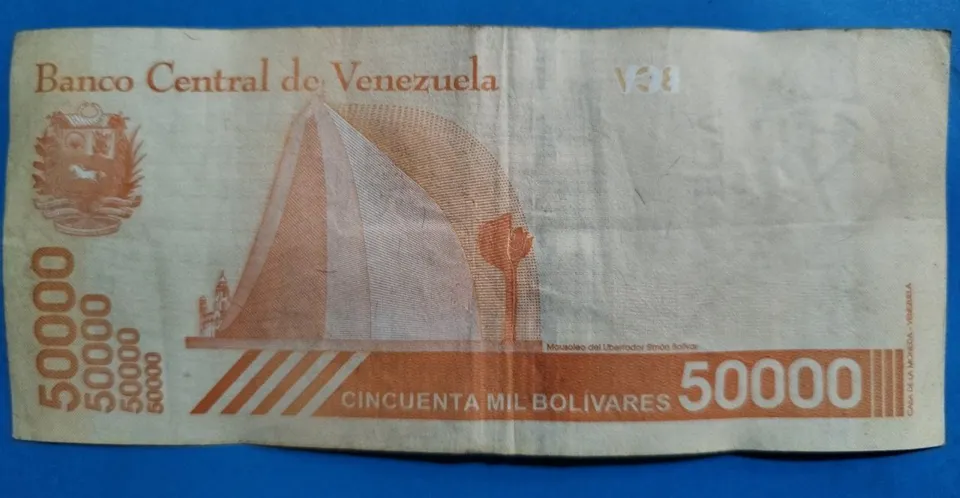
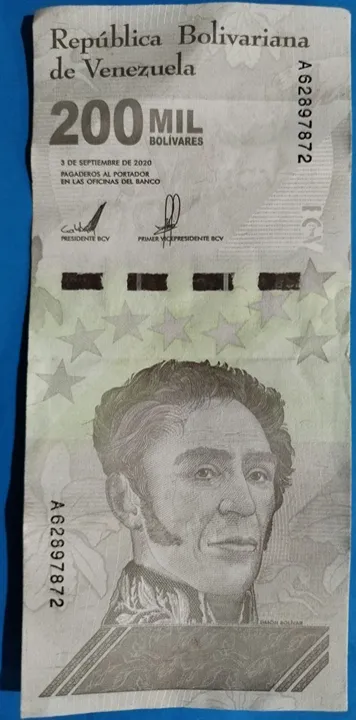
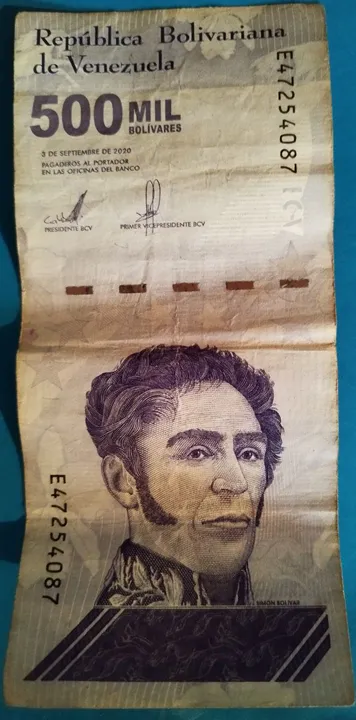
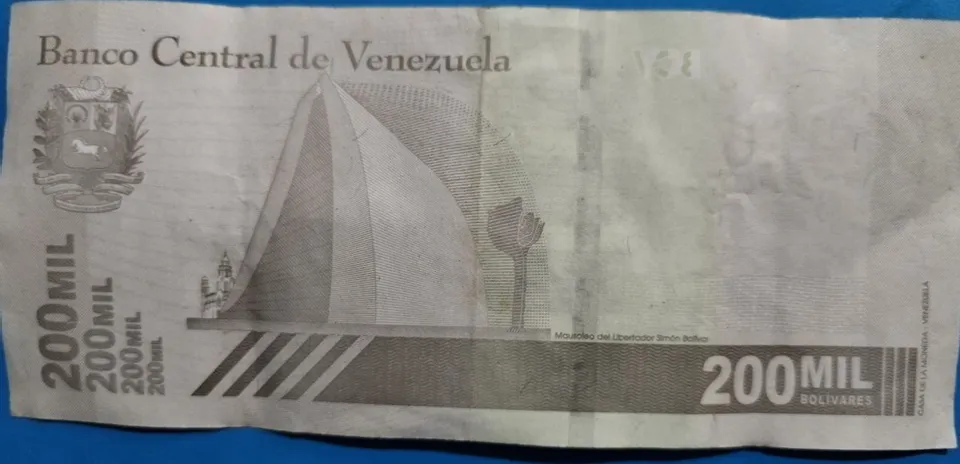
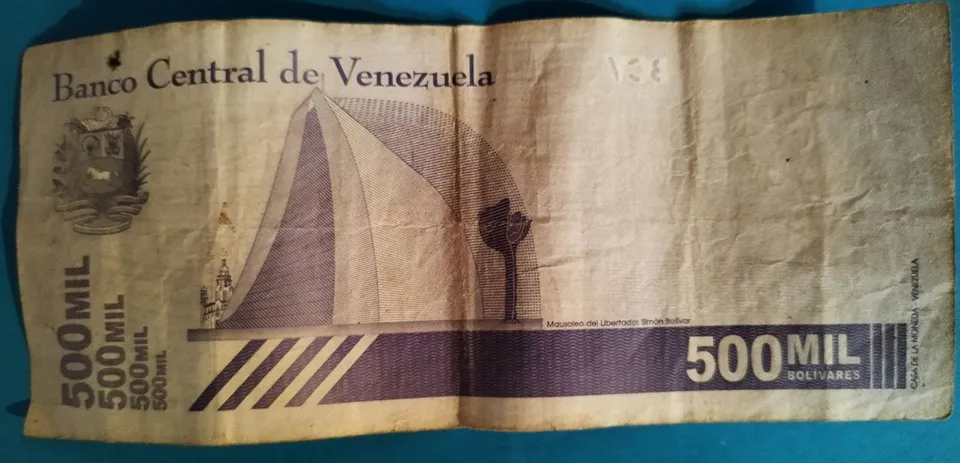
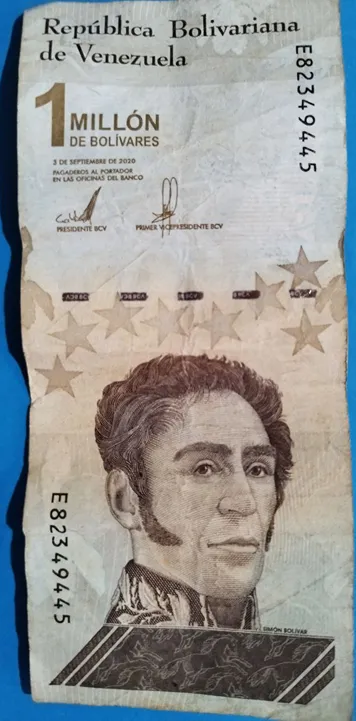

De estos últimos billetes nos falta el billete de 10000 bolívares soberanos. Como pueden notar, todos tienen el rostro de Simón Bolívar y en el dorso tienen el Mausoleo del Libertador. A excepción del billete de 500 bolívares soberanos que tiene al Turpial en el Parque Nacional Macarao. Y, el billete de 1 Millón de BS que, en su parte horizontal, muestra la Batalla de Carabobo con el arco del triunfo.
Para los primeros billetes, aunque algunos personajes, la flora, la fauna y los lugares son diferentes, las características del papel son muy similares al cono anterior. Pueden notar, el cambio en los personajes, dándole una vista más representativa a como se verían en la realidad, una imagen más digitalizada. Ya esa imagen que se veía en los libros, en muchos casos deja de ser utilizada.
Del 2021 hasta la actualidad se instauró un nuevo cono monetario, llamado el bolívar digital. Todos los billetes tienen el rostro de Bolívar y en el dorso tiene el Arco de Triunfo junto a la Batalla de Carabobo. Al ser de uso legal en la actualidad, estos billetes van y vienen. No tenemos tantos. Sus denominaciones van desde 5, 10, 20, 50 y 100 Bolívares después de quitarles 6 ceros a los bolívares soberanos.
Lo otro que les puedo comentar de este cono es que los billetes de 500.000 Bolívares soberanos y de 1.000.000 siguen siendo de uso diario en la economía venezolana y esto puede causar algo de confusión, especialmente para el extranjero. Preguntas ¿cómo 1.000.000 y un billete de 10 dan 11 bolívares? Son bastante comunes cuando vienen.
Podrán notar que menciono mucho nuestra colección. Porque, ésta comenzó con mamá, luego yo aporté algunos que ella no tenía, luego mi hermana agregó otros más. Así que el mérito de esta, es de toda la familia.
Los 14 ceros eliminados en un lapso tan corto, fue algo sorprendente. Hubo muchas opiniones al respecto, mucha gente realizó cosas increíbles con el dinero, tanto buenas como malas, el encuentro de dos épocas con distintos valores, con una visión sobre el país muy diferentes, también jugó un rol muy importante en el tratamiento de la moneda. Algunos los lanzaban, rompían o hasta quemaron “al no poseer valor” otros los recogían y los almacenaron, no importaba el valor de la moneda, era más que todo por respeto. Económicamente, simplemente estoy sorprendido que haya pasado, que se repitiera el mismo patrón varias veces y que no se implementaran otras opciones y opciones hubo muchas.
Hace años, les hablo cuando la televisión era en blanco y negro (no soy tan viejito no se lo crean, fue en un video de WhatsApp que lo vi), un famoso periodista hacía una crítica de que la moneda nacional se llamara Bolívar, porque podía ocurrir cosas cómo las que vivimos, como las devaluaciones. Esto sin querer se podía mal entender en un desprecio por el nombre de la moneda y sin querer por el nombre del propio Libertador. No sé si el nombre de Bolívar ha perdido valor, por supuesto yo no le he perdido el aprecio, pero no sé si otros lo han hecho. Sin embargo, personalmente estoy en parte, de acuerdo de que el nombre de Bolívar no fuese usado en algo tan efímero como el dinero. Debido al menosprecio que se puede generar, no solo al billete sino a la persona que fue. Por supuesto, si la moneda no se devaluara y si todos la trataran con respeto, no tendría ninguna objeción en el nombre. Pero, es cómo todo, esperar tiempos mejores, más educación y una mayor identidad nacional, para que lo que muchos pregonan regrese.
Después de ver el empeño que le pusimos por tener estos recuerdos de la economía venezolana, creo que el sentimiento por conseguir los que nos faltan y por conseguir lo que pueda venir en el futuro ha aumentado. Tal vez, sean los últimos billetes con los que el venezolano se haya topado, tal vez todo se digitalice y todos los pagos se realicen vía electrónica, con tarjetas de crédito, débito, transferencias bancarias o pagos con el móvil.
Lo cierto es que estamos conservando parte de nuestra historia y con cada uno de estos billetes, podemos contar anécdotas. También, esta historia, debería de servirnos para tratar de no cometer errores del pasado, supongo que para eso está ahí la historia, para superarnos y mostrar mejores cosas de cara al futuro.
Por cierto, antes de despedirme, quiero invitarlos al tópico que nos propone @mipiano en la comunidad sobre nuestras colecciones de instrumentos musicales. Si tienen algunos instrumentos en casa, ya saben que tienen un espacio dónde los pueden presentar y quién quita, tal vez deleitarnos con su música.
Gracias, por acompañarme en esta serie de posts.